
- Home
- DescriptionNews
Improve convenience, use innovation, increase healthcare access
.jpg)
Dr Jadej Thammatacharee
Secretary-General of the National Health Security Office (NHSO)
Convenience and accessibility are the two aspects of the Universal Coverage Scheme (UCS) that we will underline this year and beyond.
When we introduced the UCS in 2002, which covers healthcare for nearly 47 million Thais in the present, we focused on expanding the coverage of population and health benefits.
This led to the drastic expansion of coverage in the last two decades.
But there are still many people who can't access healthcare due to many reasons.
One of those is the geographical disparities preventing certain groups of people, including indigenous people living in mountainous areas, to reach hospitals.
They may find inconvenience in visiting the hospitals because of the distance to the hospitals and the traveling cost, discouraging them from seeking health services.
A fragmented health system is another reason. In urban areas, especially in Bangkok, multiple parties offer health services without much coordination and with an integrated network of health providers.
This leads many people to lack access to health services because they could not find entry points to affordable healthcare.
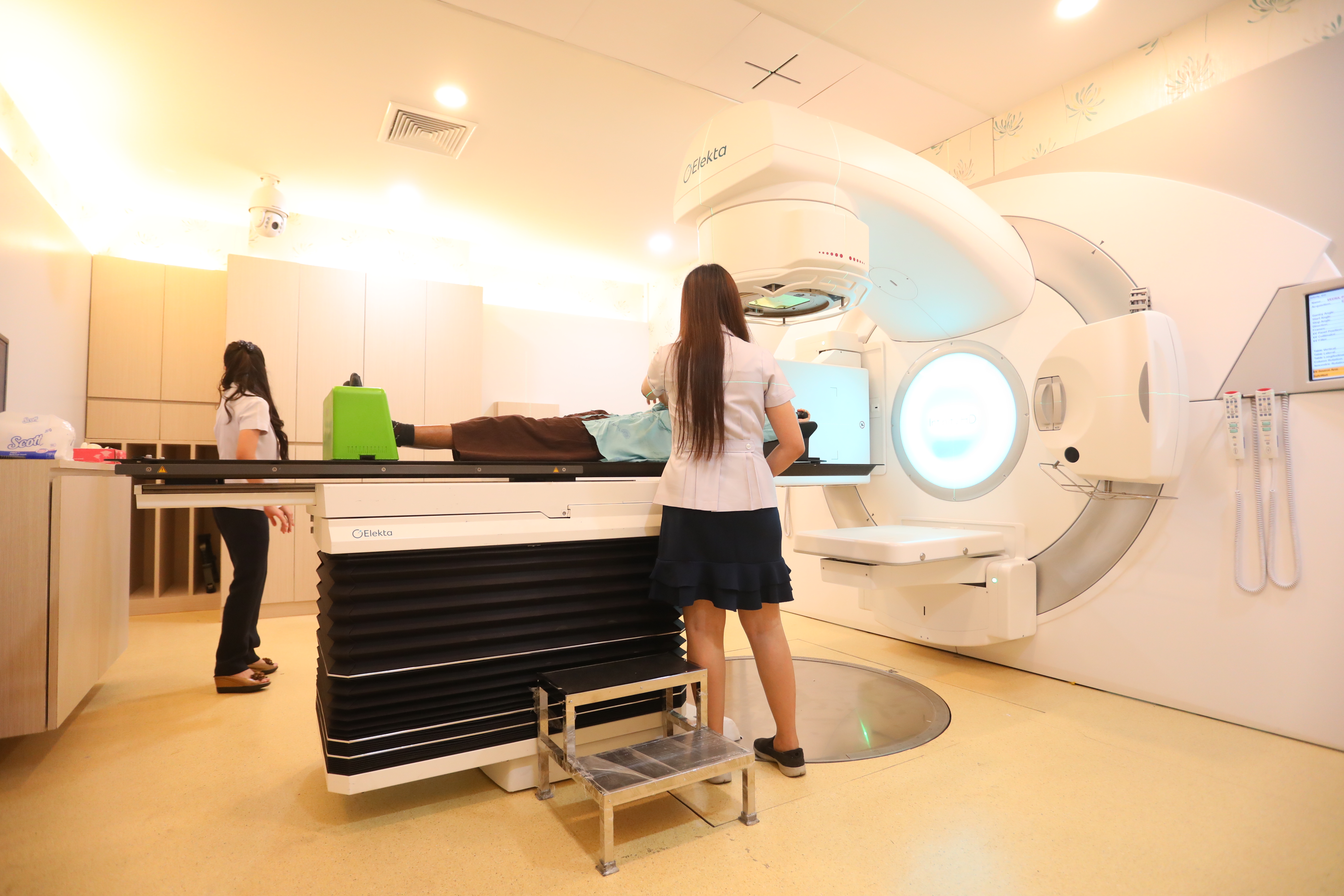
For example, residents of a slum may live close to a high-expensive private hospital but far from a public hospital that offers free healthcare.
These hospitals may not hold a partnership or be in the same hospital network that allows services like inter-hospital transferral and primary care access.
As a result, low-income residents can’t request expensive health services from the near private hospital while hesitating to go the far public hospital because it’s time-consuming and costly.
These are some of the challenges that prevent the UCS from being truly universal, and they can’t be solved overnight as they tie to socioeconomic and geographical contexts.
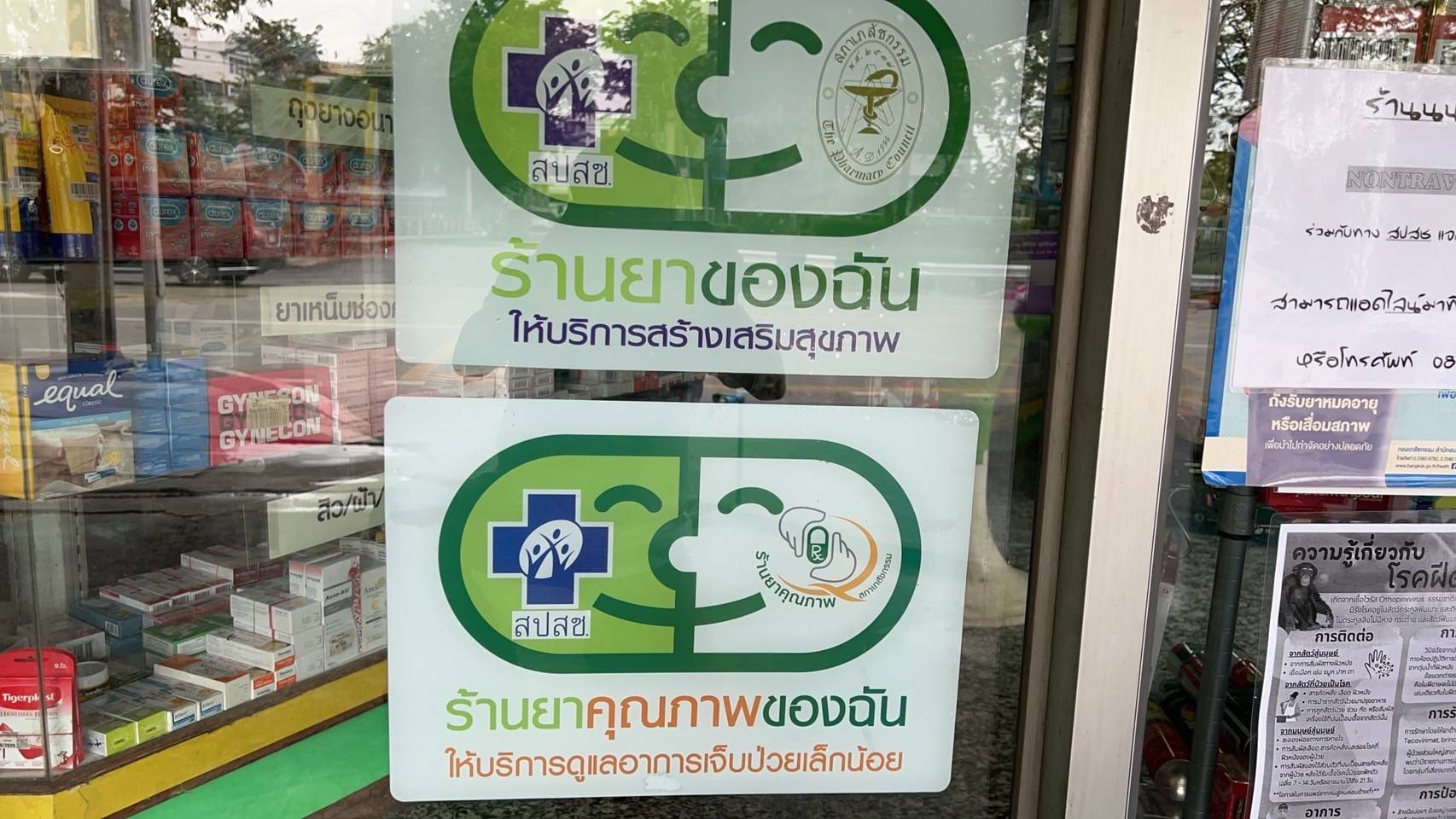
The NHSO must come up with solutions to improve healthcare access that can be implemented despite all these contexts.
Improving the level of convenience is one of the main ideas here.
People will be eager to get health services — from diagnosis and treatment to health promotion and disease prevention — and maintain their good health if such services are easily accessible and do not cause burdens to them.
In the past few years, we have launched some initiatives to increase the level of patients’ convenience.
These include the partnership with local pharmacies where people can request free health promotion and disease prevention services, including physical and mental health risk assessment.
We also partner with private laboratories that provide free blood testing and specimen collecting to the UCS beneficiaries.
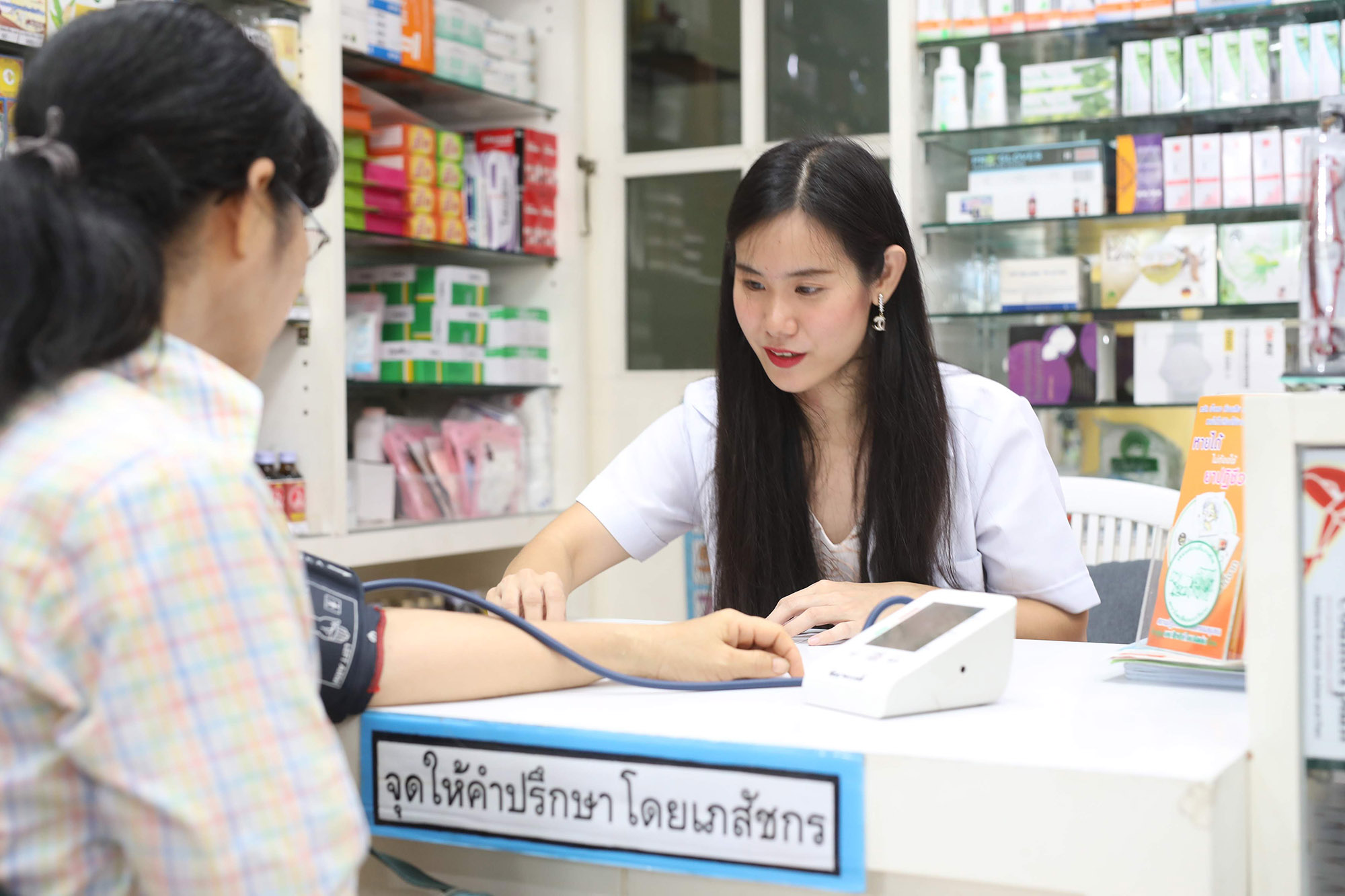
The two initiatives are based on the idea of bringing health services close to the people, so they will have more chances to access these services conveniently.
Both private-run pharmacies and laboratories are scattered at the community level, meaning they are easily accessible and can help close the access gap at hospitals.
Other similar partnerships involve private-run medical clinics, midwives, and physical rehabilitation centers in providing free services to UCS members.
The operators of these health units can claim the fees from the NHSO after providing the services.
In addition, the NHSO supports telemedicine in many health units where doctors and health staff can remotely monitor and follow up with patients.
On the other hand, patients can find convenience in seeking medical consultation and support whenever needed.
We are also considering involving more than 100 private-run clinics that offer computerized tomography scans (or CT scans) or magnetic resonance imaging (or MRI scan) in the scheme.
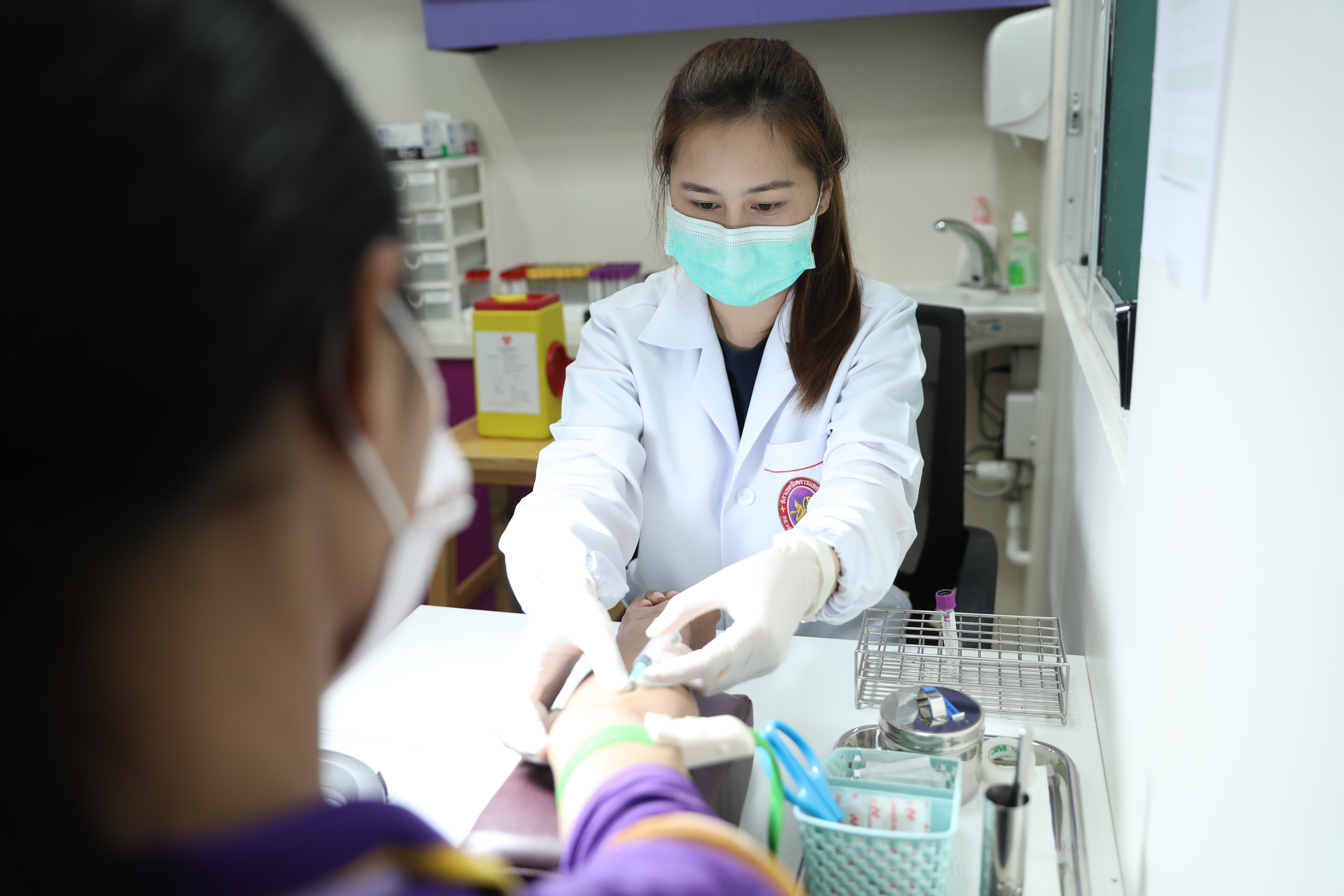
They will be able to provide such services to UCS beneficiaries living nearby the clinics, especially those suffering from cancer and needing timely diagnosis.
One of the key points I want to highlight here is that these initiatives do not cause financial problems for the NHSO or the Thai government.
They are manageable under the NHSO’s 200-billion-baht annual budget and do not affect the shares of other services.
Many people often believe that the government’s expenditure will increase if we add some new initiatives or programs to the healthcare schemes.
But that’s not always true in our case. Most initiatives are cost-effective and help reduce overall health expenditure.
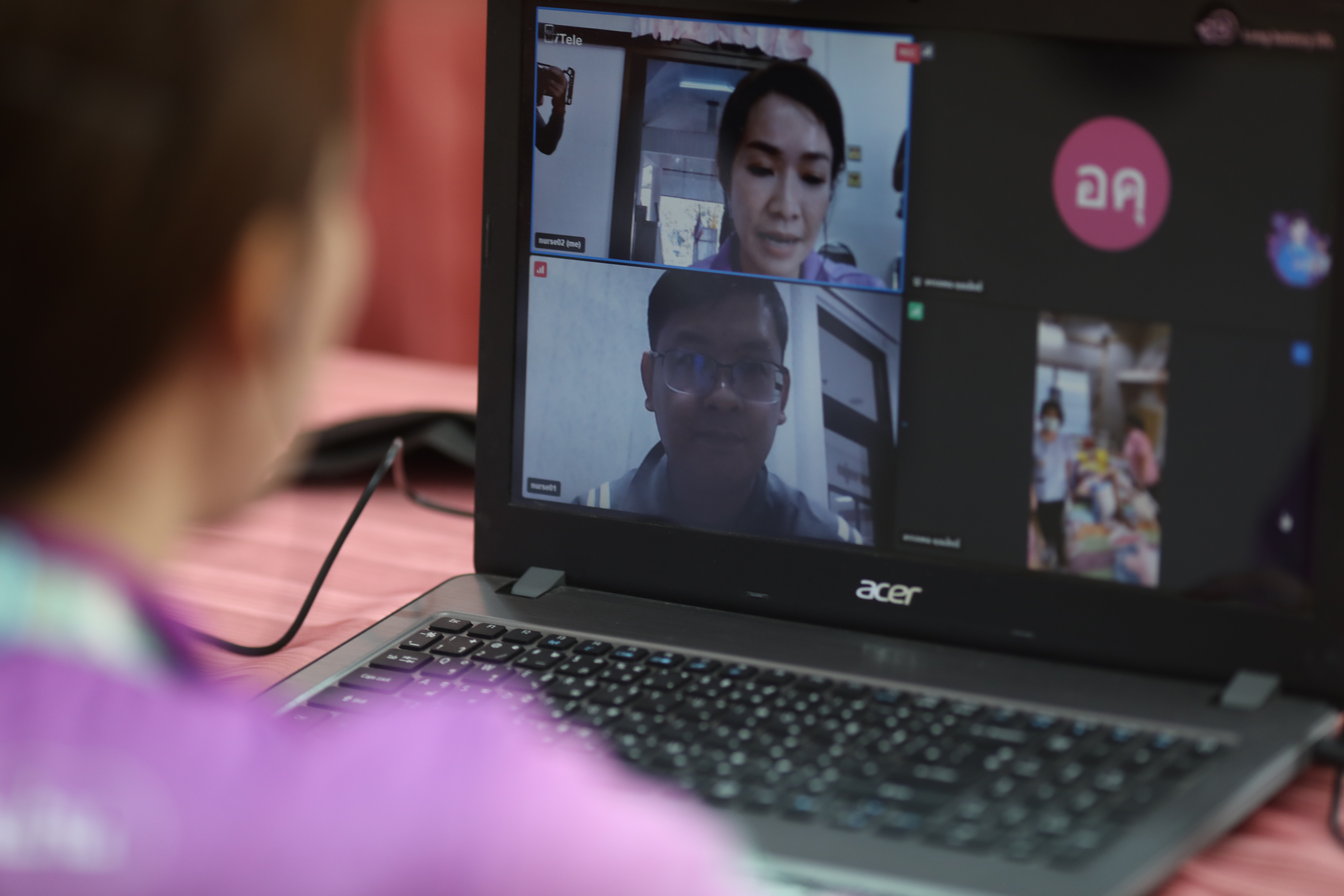
For example, we launched a program to support hospitals in taking care of Covid-19 patients isolated at home during the pandemic.
The cost is around 15,000 baht per head, much lower than caring for an admitted patient which costs around 30,000 baht.
These allow hospitals to save resources while increasing their ability to take care of more patients and control health expenditures effectively.
We are trying to think outside the box so we can find the right solutions to improve the life quality of the people.
With good management and planning, we believe that we can increase healthcare access despite the limited resources.


